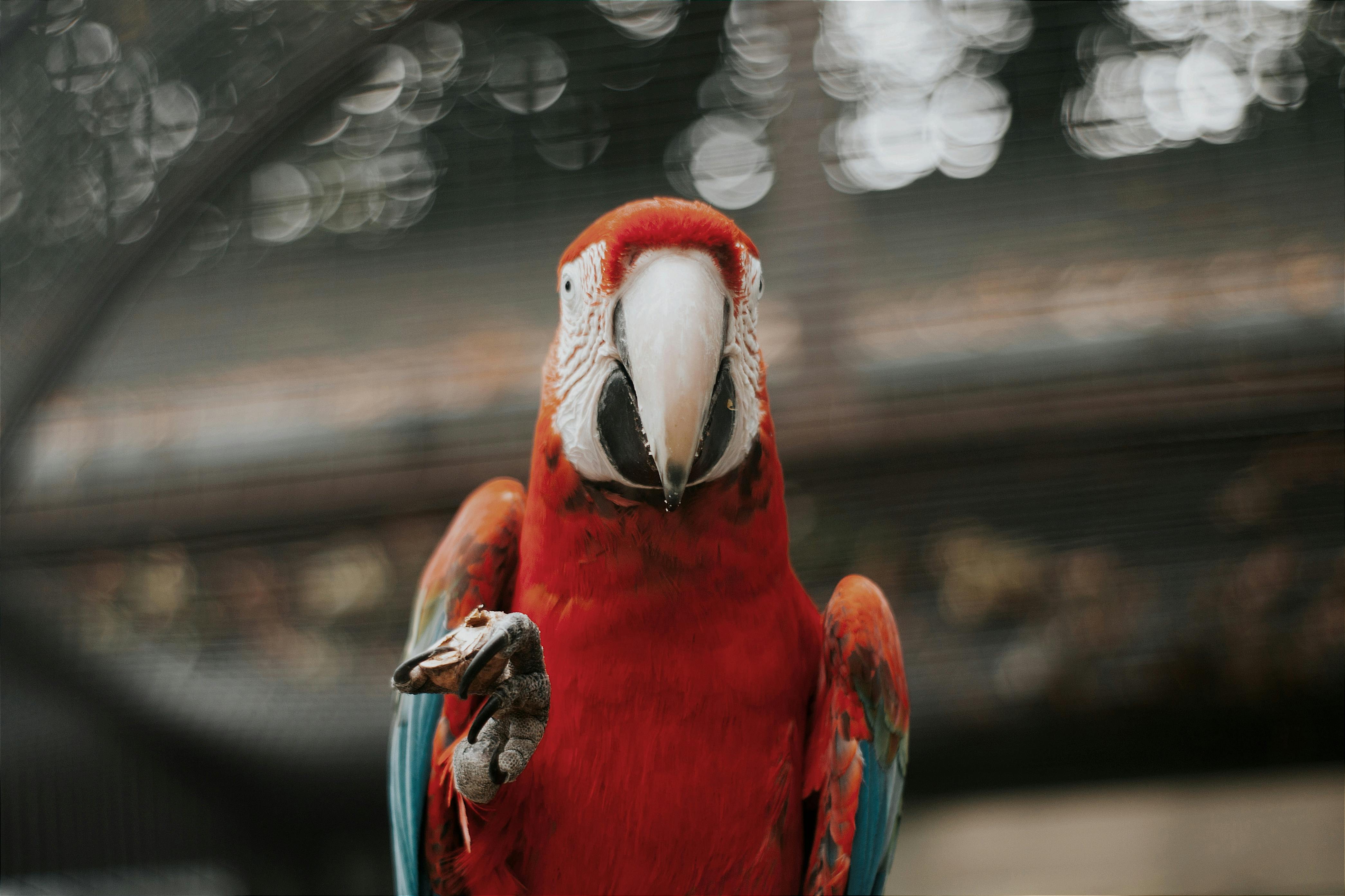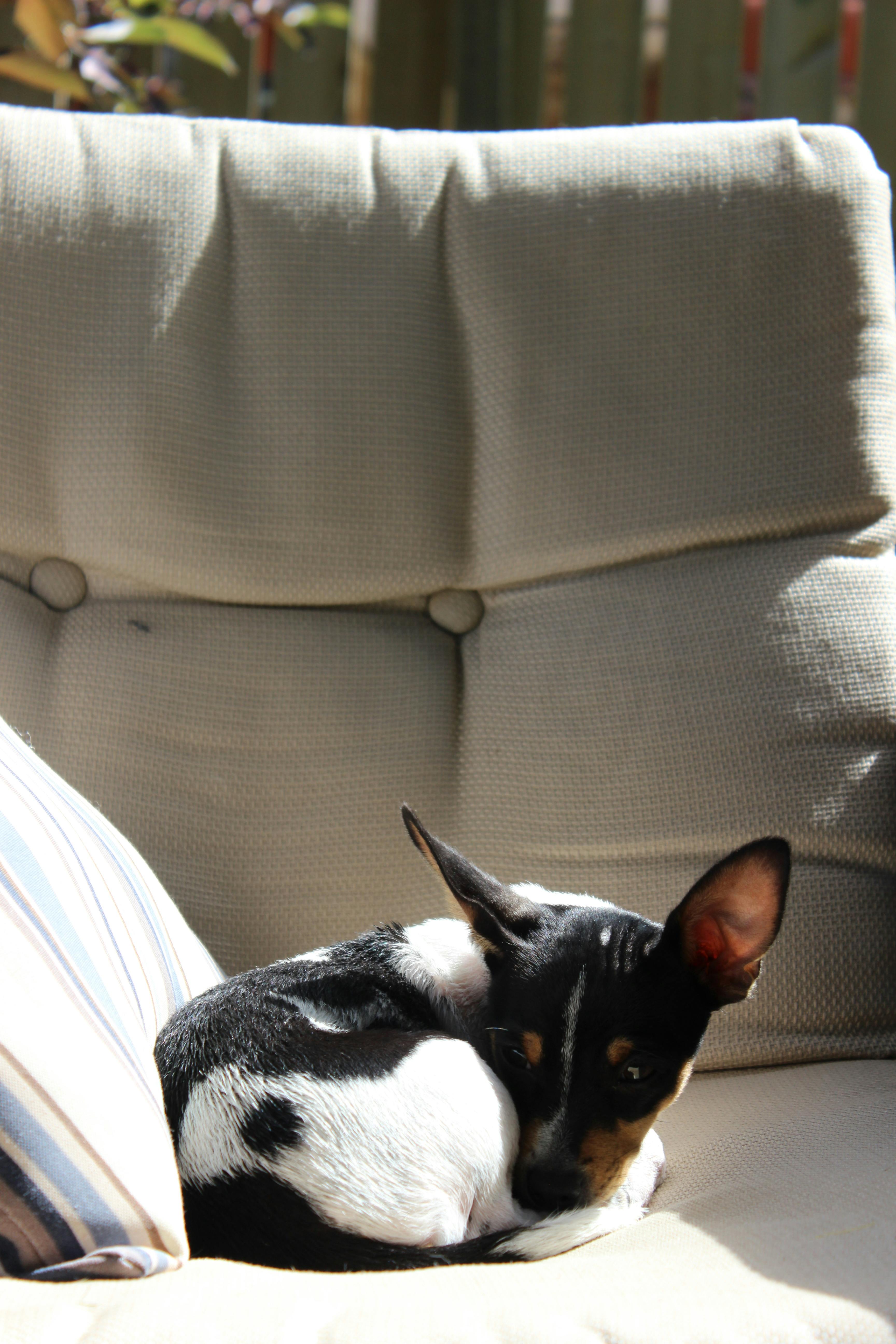
Top 5 Effective Methods for a 75 Gallon Terrarium in 2025
Creating a 75 gallon terrarium can be an exciting endeavor that transforms your indoor space into a vibrant miniature ecosystem. As we move into 2025, advancements in terrarium design and care offer new methods to ensure a thriving environment for plants and critters alike. Whether you aim to cultivate tropical plants, design a vivarium, or create a decorative space, this article will explore the top five effective methods for setting up and maintaining a large terrarium. You'll discover tips on humidity control, substrate selection, and more to cultivate a luscious indoor garden.
Terrariums bring nature into your home and provide learning opportunities about ecosystems and plant care. By understanding the various needs of your terrarium, such as lighting and temperature, you can create a successful and sustainable environment. This guide will highlight the essential practices you need to build and maintain a stunning 75 gallon terrarium.
Choosing the Right Glass Terrarium
When starting your terrarium project, selecting the appropriate glass terrarium significantly impacts the success of your ecosystem. A large glass terrarium allows for a diverse range of plant growth, providing enough space for experimenting with different species. Ensure that the glass is of high quality, as this will reduce the risk of breakage and enhance the aesthetic appeal.
Benefits of a Glass Terrarium
Glass terrariums offer clear visibility, enabling you to enjoy the beauty of your plants and the intricate details of your terrarium landscape. They promote better light penetration, which is crucial for plant growth. Additionally, a well-sealed glass container helps maintain humidity levels, crucial for tropical plants such as ferns and mosses.
Creating a Layered Environment
Designing your terrarium with layers can enhance its aesthetic and health. Begin with a drainage layer at the bottom, typically composed of gravel or small rocks. This layer prevents water accumulation, reducing the risk of mold and root rot. Above the drainage layer, add activated charcoal to filter contaminants. Follow this with a substrate layer comprising high-quality soil specifically chosen for terrariums, which supports healthy plant growth.
Accessibility and Maintenance Considerations
Accessibility to your terrarium is vital for its upkeep. Position it where it can be easily observed and tended to without difficulty. Regularly monitor your terrarium for signs of dehydration or pest problems. A well-planned access design will make it easier to perform necessary maintenance, ensuring the health of your plants and critters.
Effective Humidity Control Techniques
Humidity control is essential for a thriving terrarium, especially for tropical plant species. Creating and maintaining the right humidity levels helps replicate natural environments conducive to growth.
Understanding Humidity Basics
The humidity level desired in a terrarium varies depending on the plants that you select. Tropical plants typically thrive in environments with humidity levels between 60% and 80%. Accomplish this by maintaining a closed environment, using a glass terrarium that Captures moisture and creates a self-sustaining cycle.
Humidity Management Tips
To maintain ideal humidity levels, utilize a hygrometer to regularly monitor conditions. Appropriate watering techniques are crucial; too much water can lead to mold, while too little can dry out your plants. Misting your terrarium can temporarily boost humidity, but utilize this method sparingly to avoid waterlogging.
Utilizing Terrarium Accessories
Consider integrating terrarium accessories designed for humidity management, such as humidifiers. These tools help maintain stable conditions within your terrarium. Additionally, incorporating air plants can further regulate moisture, as they naturally absorb water from the air. Integrating proper accessories can significantly enhance the humidity and overall ecological balance.
Optimizing Lighting for Your Terrarium
Lighting is another critical component that affects plant health and growth in a terrarium. Understanding the light requirements of your chosen plants is essential to creating a thriving environment.
Exploring Different Lighting Options
Different types of lighting, such as incandescent, fluorescent, and LED, all have varying impacts on plant health. LED lighting has gained popularity due to its energy efficiency and varying spectrums that can cater to plant needs throughout their lifecycle. Additionally, ensure that your lighting setup simulates the natural daylight spectrum, helping your plants thrive.
Adjusting Light Duration
Plants require a balance of light exposure to grow healthily. Most plants thrive with 12-16 hours of light daily, followed by a dark period to support their natural growth cycles. Utilizing timers for your lighting setup can help maintain consistency, minimizing the risk of forgetting to turn lights on or off. This ensures a reliable light schedule supporting plant health.
Creating a Light-Friendly Layout
When designing the layout of your terrarium, arrange plants based on their light requirements. Position low-light plants towards the bottom or back of the terrarium, while high-light plants should be placed closer to the light source. This thoughtful placement allows all plants to receive adequate lighting and contributes to the overall aesthetic appeal.

Selecting the Best Substrate for Your 75 Gallon Terrarium
The substrate is a fundamental component that provides nutrients and drainage for your terrarium ecosystem. Choosing the right substrate can impact plant growth and maintenance.
Types of Terrarium Substrate
When selecting substrate, consider using a mix tailored for terrariums. A standard blend includes organic material, such as peat moss, mixed with perlite or sand for enhanced drainage. This combination helps retain moisture while ensuring healthy root systems.
Special Considerations for Tropical Terrariums
If your terrarium features predominantly tropical plants, ensure you select a substrate high in organic matter. Additionally, incorporating live moss can help retain humidity and add to the visual aesthetics of your terrarium.
Maintaining Soil Health
Regularly check the soil health by monitoring moisture levels and signs of decay. Over time, nutrients may become depleted. Thus, consider replanting or amending soil periodically to ensure ongoing growth. This rebalancing contributes to the health and aesthetics of your terrarium.
Incorporating Terrarium Plants and Fauna
Choosing the right selection of plants and, optionally, fauna is essential for the success of your 75 gallon terrarium. Pairing appropriate species can create a balanced ecosystem.
Effective Terrarium Plant Choices
Popular plant choices for terrariums include ferns, moss, and miniature tropical plants. Selecting plants that naturally complement each other helps create dynamic growth patterns and ensures ecological synergy. Research plants’ compatibility to create the most vibrant and resilient terrarium.
Integrating Terrarium Critters
For those wishing to include fauna, consider critters like dwarf frogs or small insects that can help maintain balance within the ecosystem. However, ensure that the selected fauna are compatible with your plants and maintain humidity levels. The introduction of fauna can add engaging dynamics and interest to your terrarium.
Regular Assessment of Terrarium Health
Monitoring the health of both plants and fauna is crucial. Regular checks for signs of distress, unwanted pests, or diseases will help you address issues before they develop further. Establishing a routine inspection schedule can help ensure long-term success and enjoyment from your 75 gallon terrarium.

Conclusion
Building and maintaining a 75 gallon terrarium provides an incredible opportunity for exploration and creativity. By following the effective methods outlined in this article, you can create a thriving ecosystem right in your home. From selecting the right glass terrarium to optimizing humidity and incorporating suitable plants, each consideration plays a critical role in achieving a successful terrarium. With ongoing maintenance and diligent care, your planted terrarium will flourish, offering a beautiful display as well as important lessons in ecosystem management.